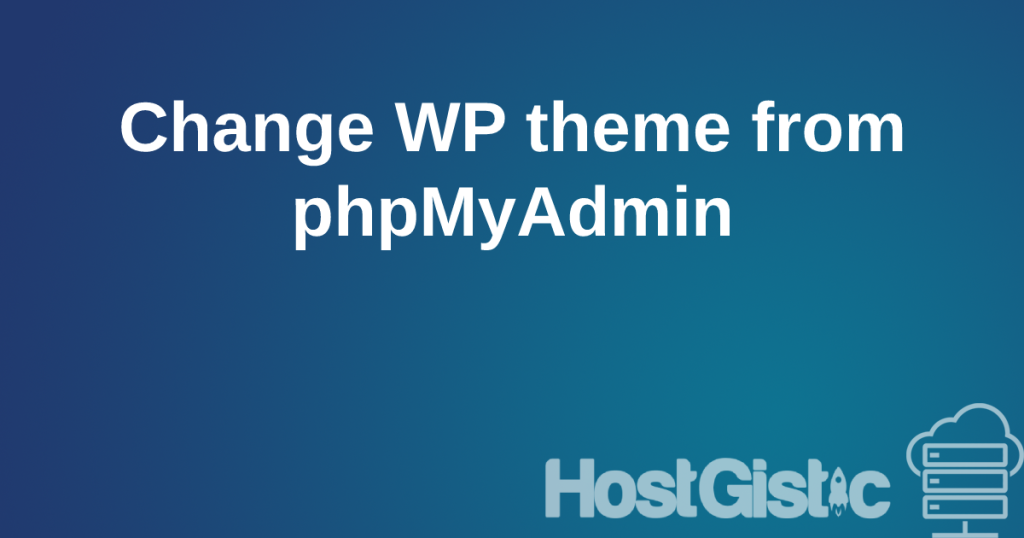Adding a plugin is done like installing any other plugin. By searching and clicking on install and activation. As shown in the images below.
The plugin you are looking for is called LiteSpeed Cache.


Minimal plugin settings
With these minimal settings, you will get good results and immediately visible improvements. For even better results, a few more things need to be adjusted.

Upon activation, the plugin is immediately active and caching has already started.
The recommendation here is to also set up Object Cache, which is not automatically activated.
4 Steps:
- Click on the Object button.
- Click on On to enable Object Cache.
- Click on Redis or Memcached (our recommendation is Redis).
- In the host, enter localhost or 127.0.0.1 if it is not already there.
- Enter the port; if you have chosen Memcached, enter 11211, and if you have chosen Redis above, enter 6379.
- Click on save, and that’s it.
In the status, it should say Connection Test: Passed.

With this, you have completed the most basic optimization. Now, when visiting your site, you will notice a significant speed improvement almost instantly.
If you want to do even more optimization to further improve your site, there are other options such as Page Optimization and Image Optimization.
Keep in mind that when you optimize, always test the site afterward to make sure it works correctly, as some settings (such as minify css, js, html) can disrupt the site’s loading.
If you don’t know what a particular setting is for, it is recommended not to change that option to On or Off.
If you want to clear the cache, find the LiteSpeed Web Cache Manager option in cPanel, and there you have the Flush All button, and that’s all.



